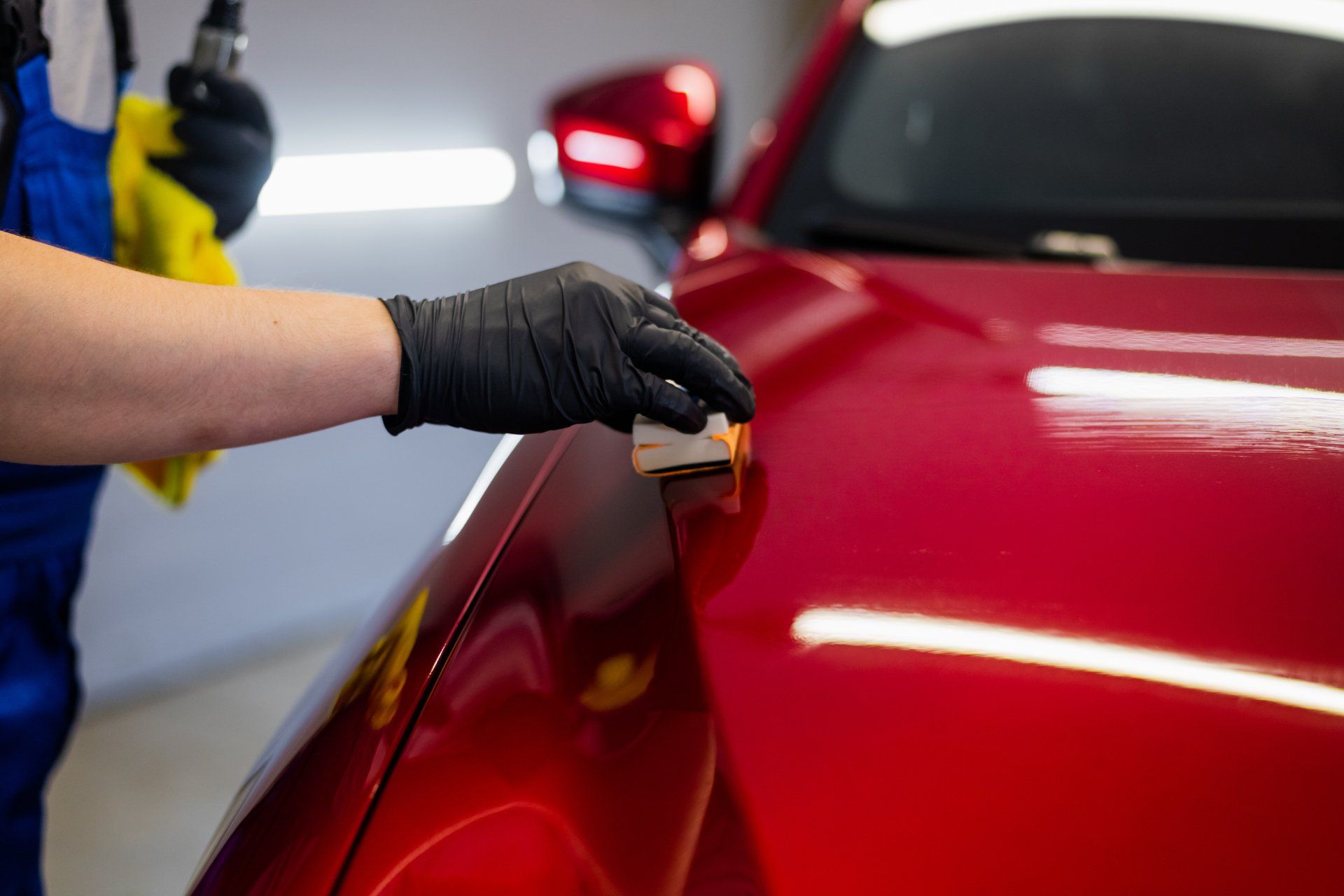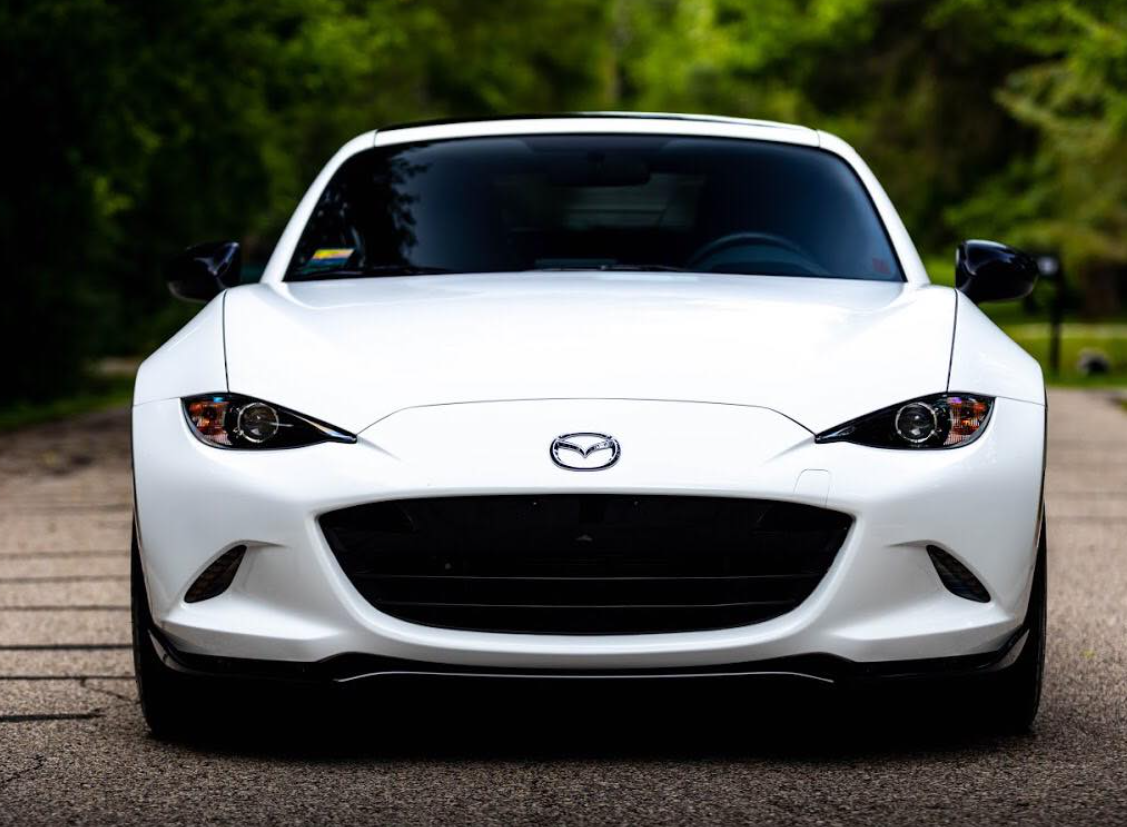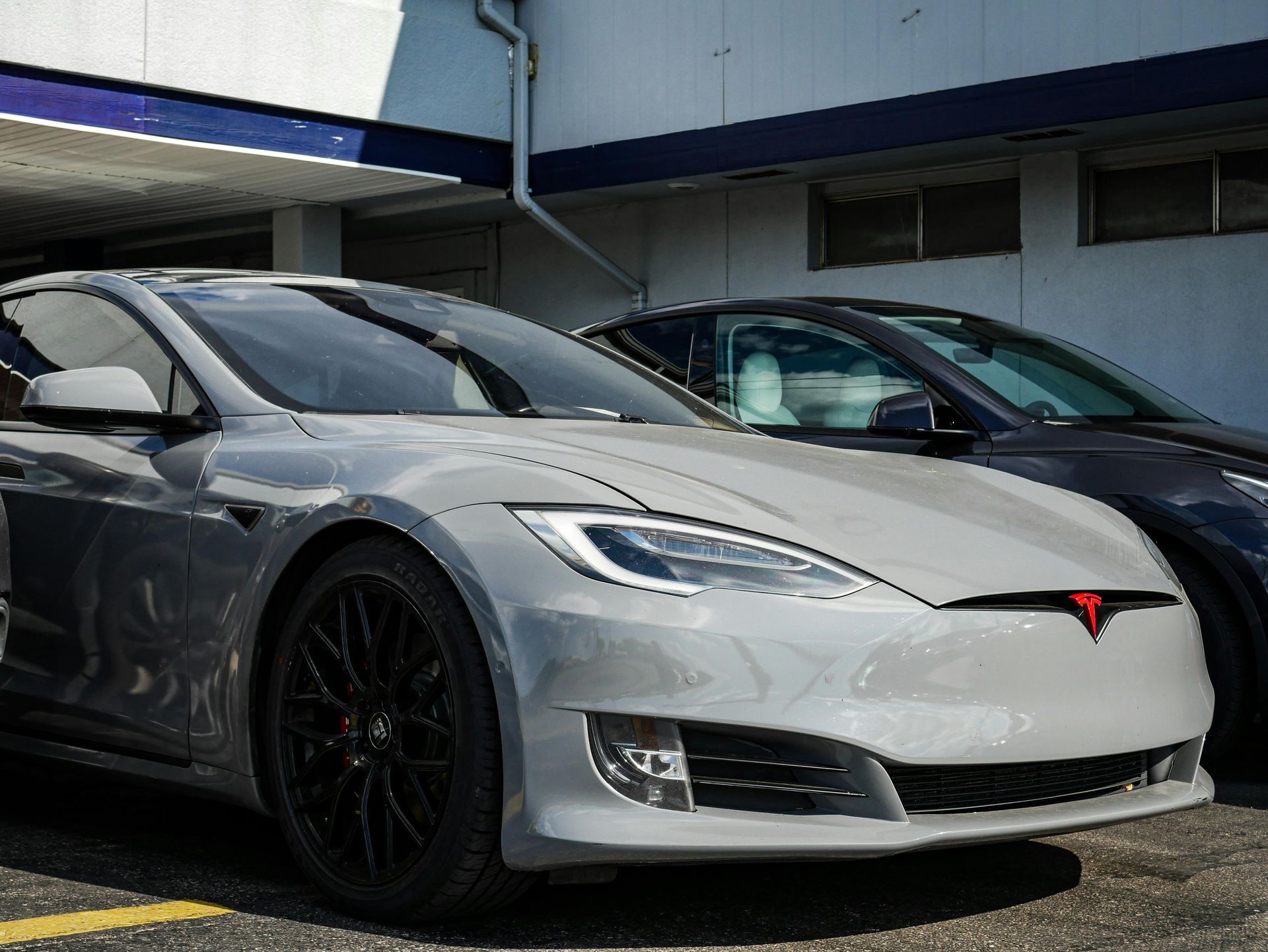Window tinting has become an essential component in enhancing comfort, reducing energy consumption, and protecting interiors from UV damage. However, not all window tints are created equal, and their performance in rejecting heat varies significantly.
To determine the effectiveness of heat rejection, scientists rely on precise and standardized methods that analyze different aspects of tint materials and their thermal properties. Below, we break down the main approaches used to measure heat rejection in window tints, including the widely used window film heat test.
Solar Heat Gain Coefficient (SHGC)
The Solar Heat Gain Coefficient is one of the primary metrics used to evaluate heat rejection. SHGC measures the fraction of solar energy that passes through a window, directly or indirectly, as heat. A lower SHGC indicates better heat rejection properties.
- Methodology:
Scientists expose the tinted material to simulated sunlight using devices like solar simulators that mimic the full spectrum of solar radiation. Sensors then measure the amount of heat transmitted and absorbed by the window. - Role of Window Film Heat Test:
To verify SHGC readings, researchers often conduct a window film heat test in controlled environments. This ensures the material performs consistently under varying light and heat conditions. - Applications:
SHGC is critical for understanding the efficiency of window tints in reducing cooling loads in buildings or vehicles, making it a key metric for energy-conscious consumers.
Infrared Rejection (IRR)
Infrared rejection focuses on the ability of a car window tint to block infrared radiation, a significant contributor to heat. Since infrared wavelengths account for nearly half of the sun's energy, this measurement is crucial for evaluating tint performance.
- Testing Setup:
Infrared lamps are used to emit specific wavelengths onto the tinted glass, while detectors measure the intensity of infrared radiation before and after passing through the tint. Specialized tools like spectrophotometers help quantify the reduction in infrared energy. - Integration of Window Film Heat Test:
Infrared rejection is often paired with a window film heat test, ensuring the infrared-blocking capability translates into tangible cooling benefits. - Key Findings:
High-quality window tints can block up to 80–90% of infrared radiation, drastically improving interior comfort and reducing reliance on air conditioning.
Total Solar Energy Rejection (TSER)
Total Solar Energy Rejection combines multiple factors, including visible light, ultraviolet (UV) radiation, and infrared heat. TSER provides a comprehensive view of how well a tint blocks overall solar energy.
- Calculation:
TSER is derived from the combined measurements of reflected, absorbed, and transmitted energy across the full solar spectrum. Scientists use advanced spectral analysis tools to evaluate how much of the total energy the tint rejects. - Testing with Window Film Heat Test:
A window film heat test plays a crucial role in validating TSER results by measuring actual heat reduction after tint application. - Practical Implication:
A higher TSER percentage means better heat rejection, offering significant energy savings and enhanced comfort in both residential and automotive settings.
Visible Light Transmission (VLT)
Although primarily associated with visibility and aesthetic considerations, Visible Light Transmission indirectly affects heat rejection. Lower VLT percentages often correlate with higher heat rejection, as darker tints block more sunlight.
- How It’s Measured:
Light meters measure the percentage of visible light passing through the window tint. While not a direct heat rejection metric, VLT complements other measurements by showing how the tint balances visibility with thermal performance. - Window Film Heat Test Contribution:
VLT testing combined with a window film heat test helps ensure that darker tints are not only visually effective but also deliver measurable thermal benefits.
Emissivity Testing
Emissivity refers to the ability of a surface to emit absorbed heat. In the context of window tints, low-emissivity coatings reduce the amount of absorbed heat radiated into the interior.
- Testing Process:
Scientists use emissometers to measure how efficiently a tinted surface emits absorbed heat. These tests often involve controlled heat sources and thermal imaging cameras to evaluate heat retention and dissipation. - Results:
Low-emissivity tints are particularly effective in colder climates, where they minimize heat loss while maintaining high solar rejection capabilities.
Thermal Imaging
Thermal imaging provides a visual representation of heat distribution across a tinted window. This method helps scientists assess how uniformly the tint rejects heat and identifies any weak spots.
- Equipment Used:
Infrared cameras capture heat signatures before and after applying the tint. The resulting images reveal temperature variations, which indicate the effectiveness of heat rejection. - Advantages:
By pairing thermal imaging with a window film heat test, scientists can cross-verify the data for accuracy, ensuring the tint performs as expected in real-world conditions.
UV Rejection Testing
Ultraviolet radiation is another contributor to heat buildup, particularly in confined spaces like vehicles. While UV rejection is more closely tied to protecting interiors and skin, it also plays a role in overall thermal performance.
- Testing Protocols:
UV lamps and sensors are used to measure the percentage of UV radiation blocked by the tint. Most high-quality tints reject over 99% of UV rays, reducing heat absorption and preventing fading of interior materials.
Real-World Testing
Lab-based measurements provide controlled and precise data, but real-world tests are essential for validating performance. These tests assess heat rejection in actual conditions, such as parked vehicles or residential windows under direct sunlight.
- Measurement Tools:
Scientists place temperature sensors inside vehicles or rooms to monitor heat levels before and after applying tints. Data loggers record temperature fluctuations over time, providing an accurate picture of thermal performance.
Why Heat Rejection Matters
Heat rejection isn’t just about comfort. It plays a significant role in energy efficiency, protecting interiors, and extending the lifespan of air conditioning systems. High-performing window tints reduce cooling loads, resulting in lower energy bills and a smaller environmental footprint. Additionally, superior heat rejection enhances driving safety by preventing glare and improving visibility.
For reliable and high-performance window tinting services in Rochester, trust Five Star Automotive Detailing. Call us today at 507-213-3561 to schedule your installation. Experience the benefits of advanced heat-rejection technology, including options validated by the window film heat test, and enjoy a more comfortable, energy-efficient space.
CONTACT US TO LEARN MORE ABOUT OUR DETAILING SERVICES
CONTACT
Five Star Automotive Detailing
3820 21st St SE, Rochester, Minnesota, 55904, United States
OPEN BY APPOINTMENT ONLY
- Mon - Sat
- Appointment Only
- Sunday
- Closed
READ OUR WEEKLY BLOG
5 Star Automotive Detailing was designed by the team at Detailers Roadmap, a platform developed for detailing operators across the globe.
All Rights Reserved | 8bitcreative, LLC | Five Star Automotive Detailing








